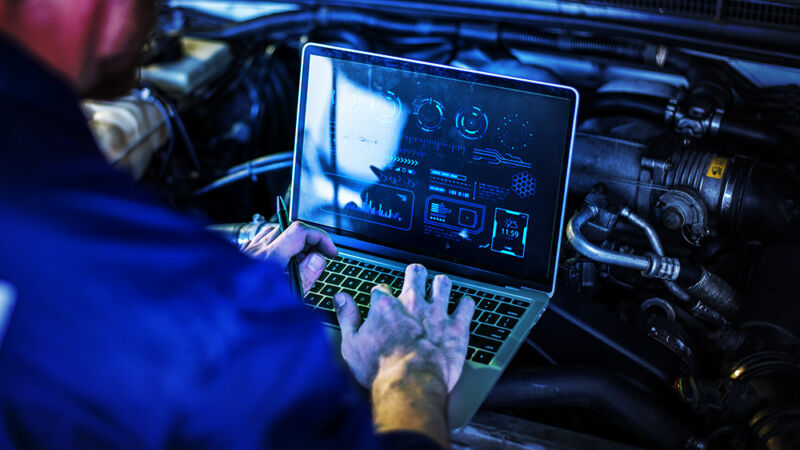Connected cars must be open to third parties, say Massachusetts voters

On Tuesday, voters in Massachusetts chose, by an overwhelming majority, to extend the state’s automotive “right to repair” law to cover connected-car platforms and telematics services. As a result, the state will require that from 2022, all new telematics-equipped vehicles be accessible via a standardized open-data platform that allows owners and third-party repair shops to access vehicle data from mobile devices.
Massachusetts’ automotive “right to repair” law was the first in the nation when originally passed in 2013. The aim was to fight the growing problem of automakers restricting their proprietary diagnostics tools to anyone other than official franchised dealer networks. When the law came into effect in 2018, it required that every vehicle sold in the state has a “non-proprietary vehicle interface device” for accessing mechanical data.
But the automotive industry is rapidly going wireless when it comes to getting data out of cars. Almost every new car sold in the United States in 2020 is fitted with an onboard cellular modem, and every OEM has invested in cloud infrastructure, promising benefits like vehicles that know when to ask for preventative maintenance servicing. Those cloud platforms have been guarded by the automakers, some of whom smell dollars in all that data.
Question 1, the “Right to Repair Law” Vehicle Data Access Requirement Initiative, asked Massachusetts voters if there should be a standardized open-data platform for vehicles fitted with “systems that collect and wirelessly transmit mechanical data to a remote server.” The answer was a firm yes, with three-quarters of voters approving the measure.
When the revised law comes into effect in 2022, car owners should be able to authorize third-party repair shops access to their vehicle’s remote diagnostics systems through an open-data platform administered by a third party. However, that does not leave much time to create this standardized open-data platform, which will need to take security seriously given that it must allow for “the ability to send commands to in-vehicle components if needed for purposes of maintenance, diagnostics and repair.”
https://arstechnica.com/?p=1719350